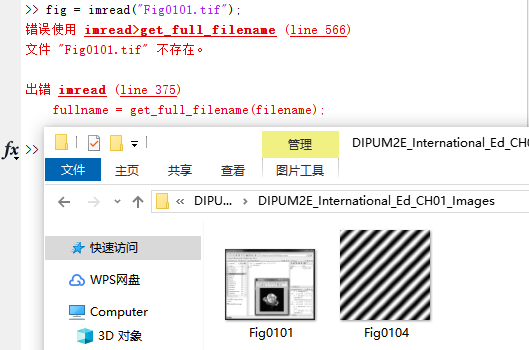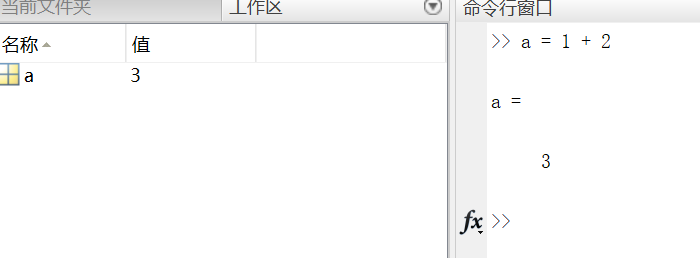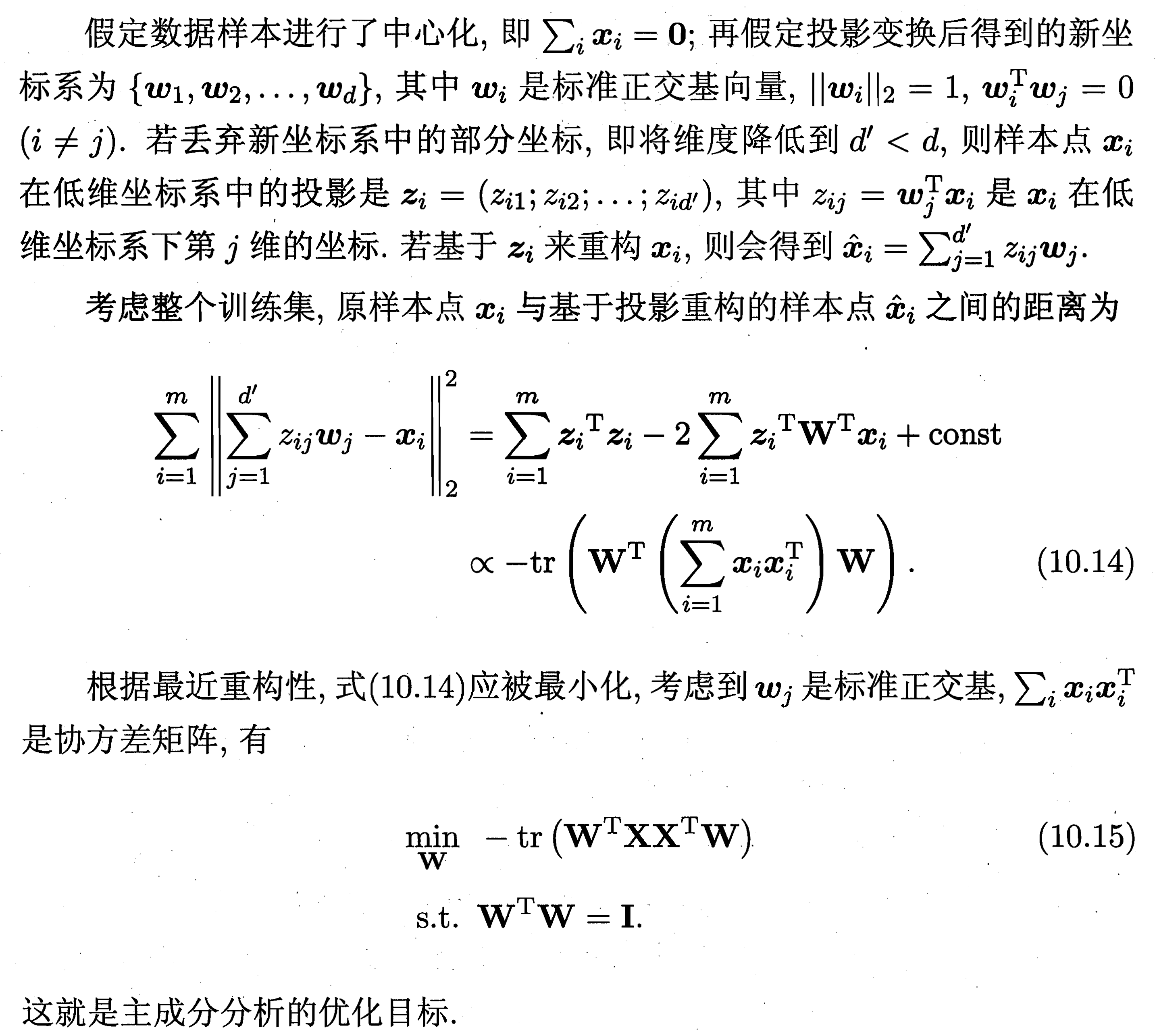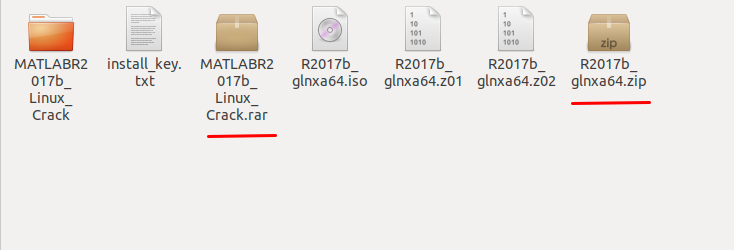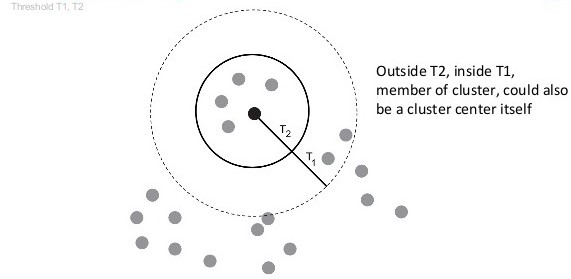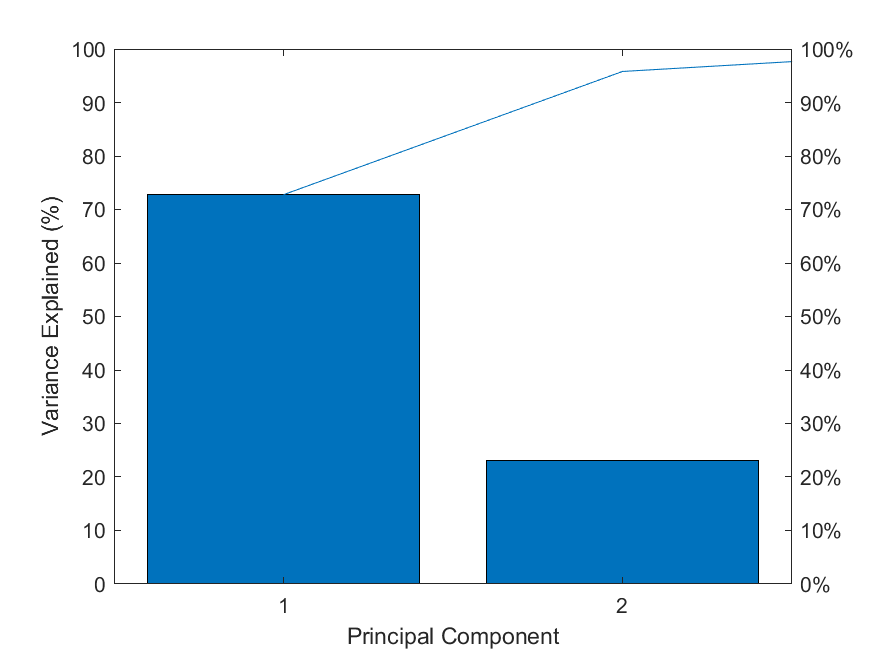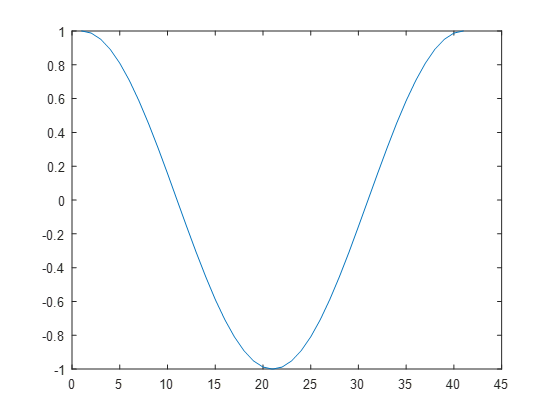MATLAB实例:Munkres指派算法
- 作者: 埋汰的老喵
- 来源: 51数据库
- 2020-08-06
MATLAB实例:Munkres指派算法
作者:凯鲁嘎吉 - 博客园 http://www.cnblogs.com/kailugaji/
1. 指派问题陈述
指派问题涉及将机器分配给任务,将工人分配给工作,将足球运动员分配给职位等。目标是确定最佳分配,例如,使总成本最小化或使团队效率最大化。指派问题是组合优化领域中的一个基本问题。
例如,假设我们有四个工作需要由四个工作人员执行。因为每个工人都有不同的技能,所以执行工作所需的时间取决于分配给该工人的工人。
下面的矩阵显示了工人和工作的每种组合所需的时间(以分钟为单位)。作业用J1,J2,J3和J4表示,工人用W1,W2,W3和W4表示。
| J1 | J2 | J3 | J4 | |
| W1 | 82 | 83 | 69 | 92 |
| W2 | 77 | 37 | 49 | 92 |
| W3 | 11 | 69 | 5 | 86 |
| W4 | 8 | 9 | 98 | 23 |
每个工人应仅执行一项工作,目标是最大程度地减少执行所有工作所需的总时间。
事实证明,将工人1分配给作业3,将工人2分配给作业2,将工人3分配给作业1,将工人4分配给作业4是最佳选择。那么,总时间为69 + 37 + 11 + 23 = 140分钟。所有其他任务导致需要更多时间。
2. Munkres指派算法MATLAB程序
munkres.m
function [assignment,cost] = munkres(costMat)
% MUNKRES Munkres Assign Algorithm
%
% [ASSIGN,COST] = munkres(COSTMAT) returns the optimal assignment in ASSIGN
% with the minimum COST based on the assignment problem represented by the
% COSTMAT, where the (i,j)th element represents the cost to assign the jth
% job to the ith worker.
%
% This is vectorized implementation of the algorithm. It is the fastest
% among all Matlab implementations of the algorithm.
% Examples
% Example 1: a 5 x 5 example
%{
[assignment,cost] = munkres(magic(5));
[assignedrows,dum]=find(assignment);
disp(assignedrows'); % 3 2 1 5 4
disp(cost); %15
%}
% Example 2: 400 x 400 random data
%{
n=5;
A=rand(n);
tic
[a,b]=munkres(A);
toc
%}
% Reference:
% "Munkres' Assignment Algorithm, Modified for Rectangular Matrices",
% http://csclab.murraystate.edu/bob.pilgrim/445/munkres.html
% version 1.0 by Yi Cao at Cranfield University on 17th June 2008
assignment = false(size(costMat));
cost = 0;
costMat(costMat~=costMat)=Inf;
validMat = costMat<Inf;
validCol = any(validMat);
validRow = any(validMat,2);
nRows = sum(validRow);
nCols = sum(validCol);
n = max(nRows,nCols);
if ~n
return
end
dMat = zeros(n);
dMat(1:nRows,1:nCols) = costMat(validRow,validCol);
%*************************************************
% Munkres' Assignment Algorithm starts here
%*************************************************
%%%%%%%%%%%%%%%%%%%%%%%%%%%%%%%%%%%%%%%%%%%%%%%%%%%%%%%%%
% STEP 1: Subtract the row minimum from each row.
%%%%%%%%%%%%%%%%%%%%%%%%%%%%%%%%%%%%%%%%%%%%%%%%%%%%%%%%%
dMat = bsxfun(@minus, dMat, min(dMat,[],2));
%**************************************************************************
% STEP 2: Find a zero of dMat. If there are no starred zeros in its
% column or row start the zero. Repeat for each zero
%**************************************************************************
zP = ~dMat;
starZ = false(n);
while any(zP(:))
[r,c]=find(zP,1);
starZ(r,c)=true;
zP(r,:)=false;
zP(:,c)=false;
end
while 1
%**************************************************************************
% STEP 3: Cover each column with a starred zero. If all the columns are
% covered then the matching is maximum
%**************************************************************************
primeZ = false(n);
coverColumn = any(starZ);
if ~any(~coverColumn)
break
end
coverRow = false(n,1);
while 1
%**************************************************************************
% STEP 4: Find a noncovered zero and prime it. If there is no starred
% zero in the row containing this primed zero, Go to Step 5.
% Otherwise, cover this row and uncover the column containing
% the starred zero. Continue in this manner until there are no
% uncovered zeros left. Save the smallest uncovered value and
% Go to Step 6.
%**************************************************************************
zP(:) = false;
zP(~coverRow,~coverColumn) = ~dMat(~coverRow,~coverColumn);
Step = 6;
while any(any(zP(~coverRow,~coverColumn)))
[uZr,uZc] = find(zP,1);
primeZ(uZr,uZc) = true;
stz = starZ(uZr,:);
if ~any(stz)
Step = 5;
break;
end
coverRow(uZr) = true;
coverColumn(stz) = false;
zP(uZr,:) = false;
zP(~coverRow,stz) = ~dMat(~coverRow,stz);
end
if Step == 6
% *************************************************************************
% STEP 6: Add the minimum uncovered value to every element of each covered
% row, and subtract it from every element of each uncovered column.
% Return to Step 4 without altering any stars, primes, or covered lines.
%**************************************************************************
M=dMat(~coverRow,~coverColumn);
minval=min(min(M));
if minval==inf
return
end
dMat(coverRow,coverColumn)=dMat(coverRow,coverColumn)+minval;
dMat(~coverRow,~coverColumn)=M-minval;
else
break
end
end
%**************************************************************************
% STEP 5:
% Construct a series of alternating primed and starred zeros as
% follows:
% Let Z0 represent the uncovered primed zero found in Step 4.
% Let Z1 denote the starred zero in the column of Z0 (if any).
% Let Z2 denote the primed zero in the row of Z1 (there will always
% be one). Continue until the series terminates at a primed zero
% that has no starred zero in its column. Unstar each starred
% zero of the series, star each primed zero of the series, erase
% all primes and uncover every line in the matrix. Return to Step 3.
%**************************************************************************
rowZ1 = starZ(:,uZc);
starZ(uZr,uZc)=true;
while any(rowZ1)
starZ(rowZ1,uZc)=false;
uZc = primeZ(rowZ1,:);
uZr = rowZ1;
rowZ1 = starZ(:,uZc);
starZ(uZr,uZc)=true;
end
end
% Cost of assignment
assignment(validRow,validCol) = starZ(1:nRows,1:nCols);
cost = sum(costMat(assignment));
demo_munkres.m
A=[82,83,69,92;77,37,49,92;11,69,5,86;8,9,98,23]; [assignment,cost]=munkres(A) [assignedrows,dum]=find(assignment); order=assignedrows'
3. 指派结果
>> demo_munkres
assignment =
4×4 logical 数组
0 0 1 0
0 1 0 0
1 0 0 0
0 0 0 1
cost =
140
order =
3 2 1 4
4. 参考文献
[1] Munkres' Assignment Algorithm Modified for Rectangular Matrices
[2] Munkres Assignment Algorithm
[3] Hungarian algorithm:The assignment problem
原文链接:http://www.cnblogs.com/kailugaji/p/11765596.html
推荐阅读

